Looking for a fitness tracker that can keep tabs on your steps taken, calories burned and other health data? Fitbit is among the most popular brands, but there are plenty of other options out there. Some trackers look more like regular watches, while others are feature-packed gadgets for health and exercise nuts.
Here are our top picks for the best fitness trackers as of November 2016, ranked from least to most expensive:
Moov Now ($59.95)

Why we like it: Don’t mistake the Moov Now for another Fitbit or Misfit competitor. Where Moov Inc.’s latest wearable shines is in its real-time coaching capabilities, rather than all-day activity tracking. Instead of just keeping tabs on standard health metrics, the Moov Now provides feedback about your form and performance — it’ll let you know, for instance, if your feet are hitting the pavement too hard.
The Moov can also track basic statistics like sleep, calories burned, and active minutes.
What to know: It’s not the best choice for those seeking a general purpose fitness tracker. Additionally, your phone must be nearby for the coaching features to work. You can buy it here
Misfit Ray ($99.99)
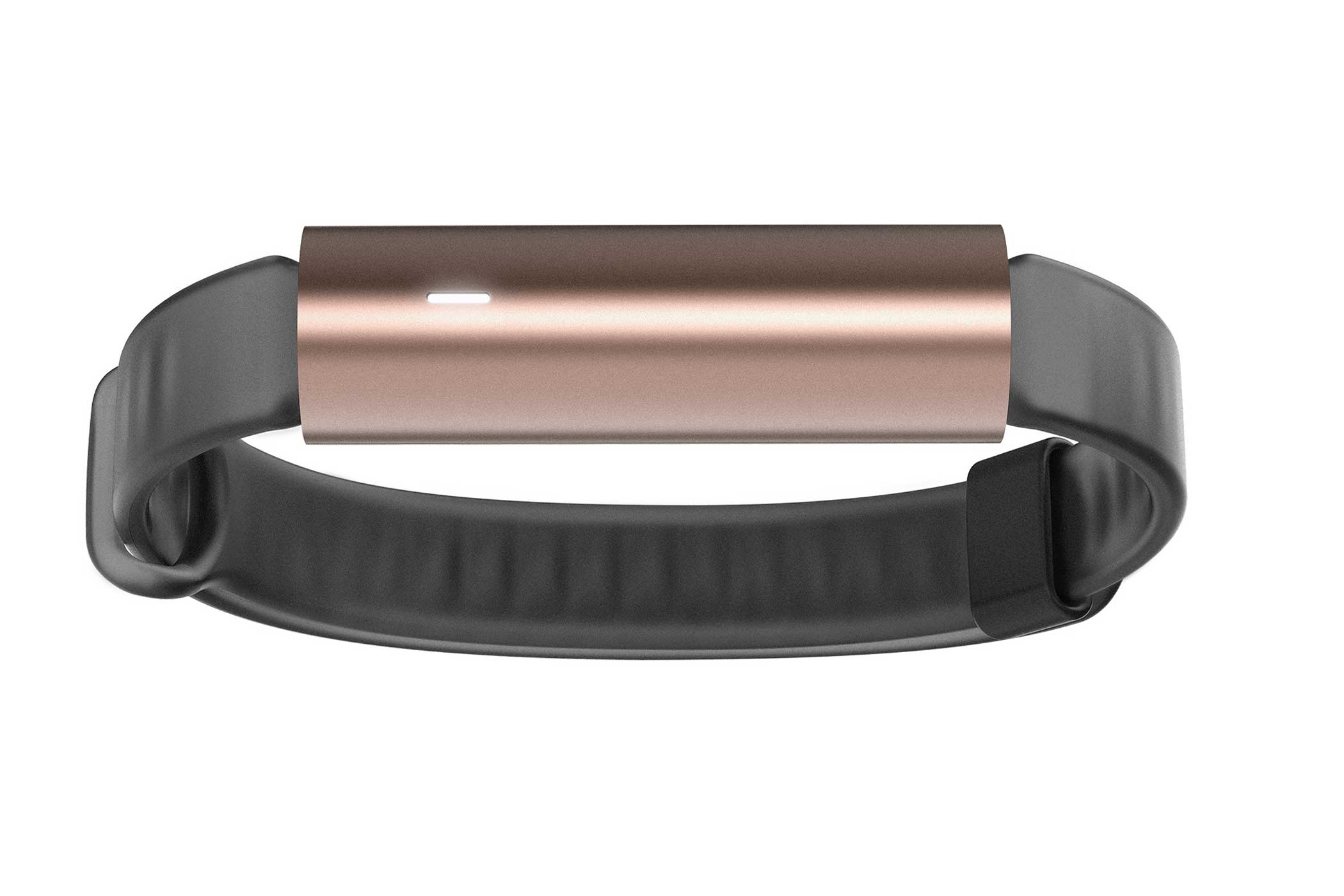
Why we like it: The Misfit Ray is a simple and stylish fitness tracker aimed at buyers who care about fashion over a feature-packed gadget. The flashy Ray tracks basic stats like steps taken, calories burned, distance moved, and sleep. It’s water-resistant enough to swim with, too. Another bonus: Since its replaceable battery should last for up to six months, you don’t have to worry about charging the Ray every day.
What to know: The Ray’s lack of a screen means you can’t glance down to see your health statistics or the time. It’s also expensive considering its limited functionality compared to other trackers. You can buy it here
Fitbit Alta ($129.95)

Why we like it: Fitbit’s Alta has a sleek and attractive design with a screen large enough for easy notification-reading. It’s an ideal choice for those who want a tracker that can measure basic statistics — like steps taken, calories burned, sleep and more — but who value aesthetics over additional features.
What to know: The Alta doesn’t measure stairs climbed or include a heart rate monitor, features offered on some other trackers. You can buy it here
Pebble 2 + HR ( $129.99)

Why we like it: The Pebble 2 + HR is an affordable choice for buyers who want a smartwatch with some fitness tracking abilities. The new Pebble, which works with both iOS and Android, can track daily activity like calories burned, distance traveled, steps taken, and heart rate. If you’d like to customize your watch face, read and respond to messages from your wrist, and access apps and check sports scores, pick this over a Fitbit.
What to know: The Pebble 2 + HR doesn’t offer reminders to move when you’ve been idle for a while, nor does it track specific workouts like swimming or rowing. You can buy it here.
Fitbit Charge 2 ($149.95)
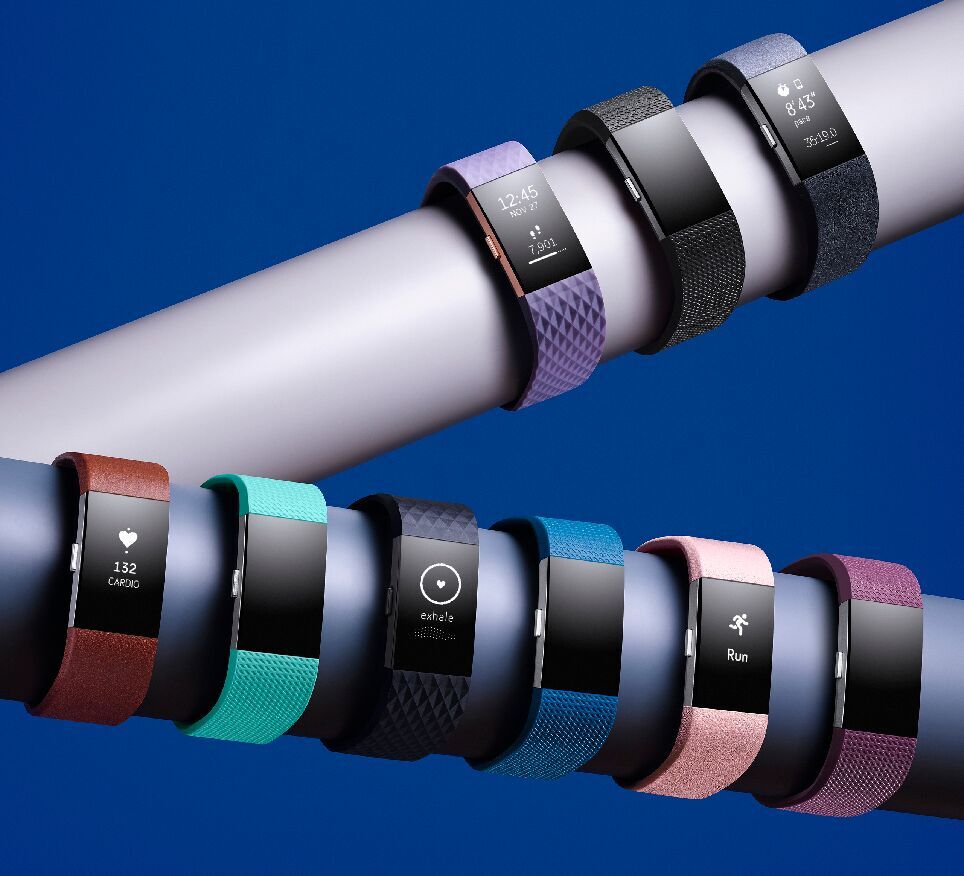
Why we like it: Fitbit’s Charge 2 includes just about everything a basic fitness tracker should have. It can measure steps taken, calories burned, floors climbed, heart rate, and active minutes, all while automatically tracking more intense exercise and sleep patterns. With its Cardio Fitness Level feature, the Charge 2 can help you put your health statistics in context. Its screen is also larger than the older Charge and Charge HR, offering an easier look at the time, your health metrics, and incoming notifications.
What to know: The Charge 2 doesn’t have a standalone GPS sensor, nor is it swim-proof, so hardcore runners and swimmers may want to look elsewhere. There’s also no option to control music playback from your wrist while working out. You can buy it here
Garmin Vivomove ($149.99)
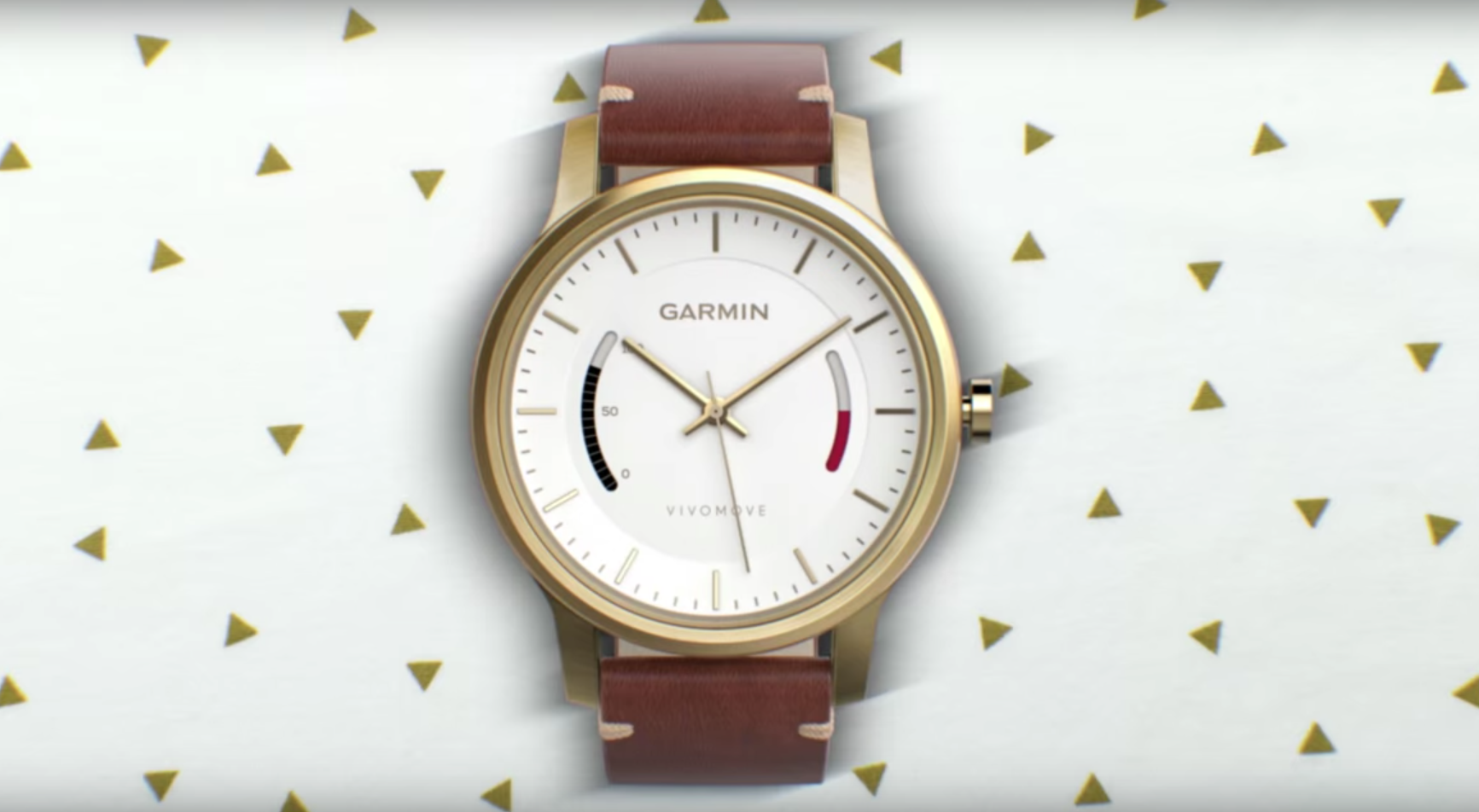
Why we like it: The Garmin Vivomove offers only rudimentary metrics when it comes to fitness tracking, like steps taken and sleep patterns. But the Vivomove’s simple and attractive looks earned it a spot on our list.
The Vivomove is essentially an analog watch with basic health tracking features, making it a great choice if you’re looking for a wearable fit for a night out or a big meeting. Its face displays two meters alongside the time: one for showing how close you are to your daily fitness goal, and another displaying how much time you’ve spent idle. Charging isn’t a concern here, as the Vivosmart uses a replaceable battery that lasts for up to a year. It’s also water resistant enough to withstand splashes, showering, and a bit of swimming.
What to know: The Vivomove has limited features compared to other similarly-priced fitness bands, like the Fitbit Charge 2. Some critics have also said Garmin’s app isn’t as easy to use as competing fitness apps.
Samsung Gear Fit2 ($179.99)

Why we like it: Samsung’s Gear Fit2 is among the most well-rounded fitness trackers available in terms of the sheer amount of features it offers. The Gear Fit2 includes integrated GPS, a heart rate monitor, water resistance, automatic exercise recognition for certain workouts, sleep tracking, and basic all-day activity monitoring (steps taken, calories burned, distance traveled, floors climbed). The interface shown on the Fit2’s colorful touchscreen displays a trove of comprehensive data about individual workouts. When reviewing insights from a previous run, for example, I was able to see how close I was to my goal, a graph that showed how my heart rate correlated with my speed, my minimum and maximum heart rate, and more.
What to know: The Gear Fit2 isn’t as slim as cheaper and less feature-packed fitness bands. Samsung doesn’t offer customization options for the Gear Fit2, and its battery life isn’t as long as that of simpler health trackers, like the Fitbit Charge 2 or Pebble 2 + HR. The Gear Fit2 isn’t compatible with Apple iPhones. You can buy it here
Fitbit Blaze ($199.95)
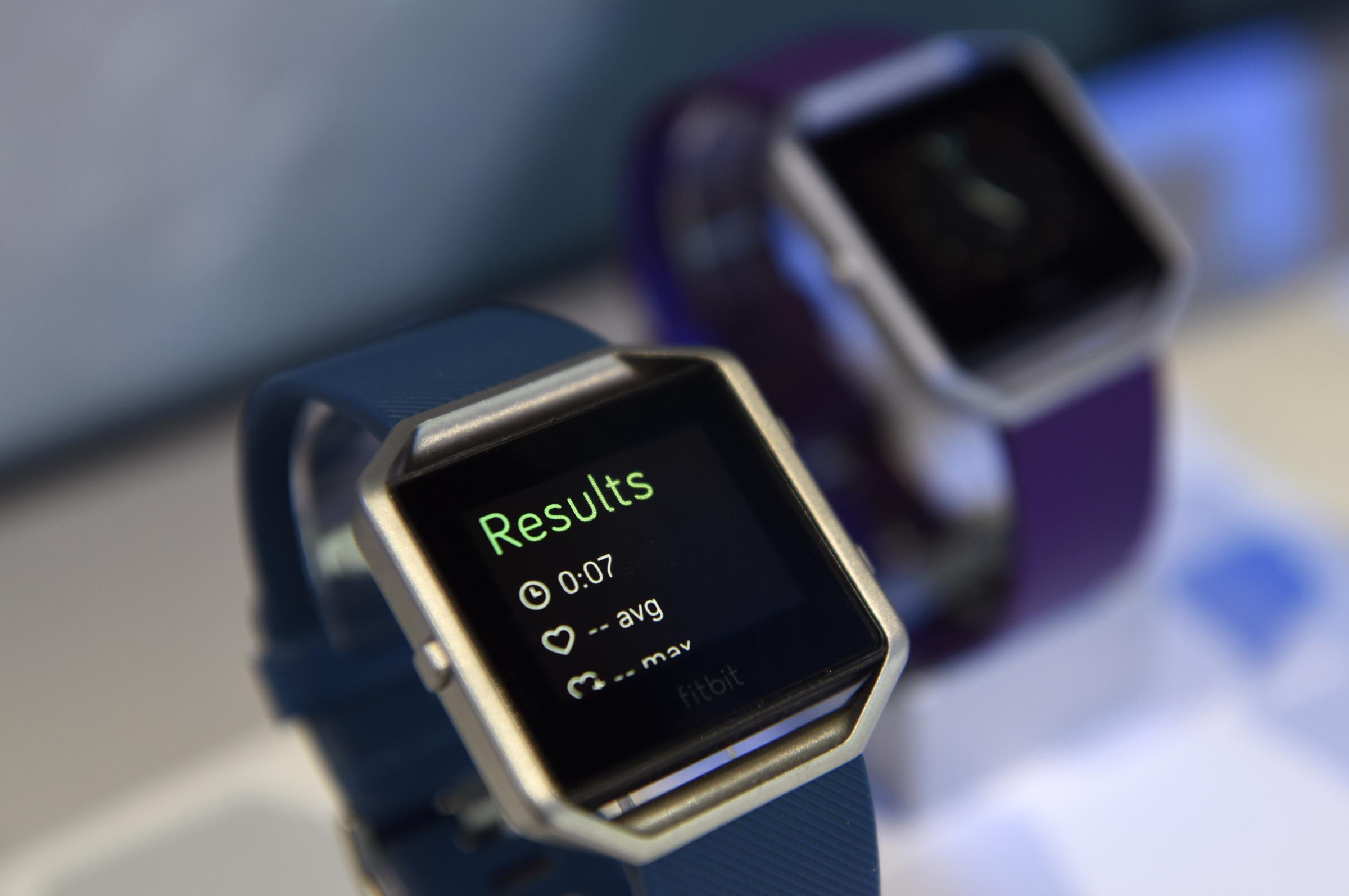
Why we like it: Fitbit’s Blaze is a solid option for those seeking something that looks and feels more like a smartwatch, but acts like a fitness tracker. The Blaze’s bigger, colorful touch screen can display detailed workout summaries and fitness coaching sessions, making you less dependent on your phone. As is the case with many of Fitbit’s more expensive wearables, the Blaze can automatically detect certain workouts, show real-time exercise stats on its screen, measure your heart rate, and track your daily activity and sleep patterns. In addition to call, text and calendar notifications, it displays alerts from apps like Facebook and Gmail.
What to know: If you’re looking for built-in GPS, you’re better off with the Fitbit Surge or Garmin Vivoactive HR. Additionally, the Blaze isn’t swim-proof. It’s also bulkier than many dedicated activity bands and simpler fitness watches. You can buy it here
Garmin Vivoactive HR ( $249.99)

Why we like it: Garmin’s Vivoactive HR is a versatile sports watch with built-in GPS ideal for athletes interested in tracking specific activities. In addition to monitoring all-day movements, gathering heart rate data, and logging regular workouts, the Vivoactive HR offers specific metrics for a range of sports. For swimmers, the Vivoactive HR can count and track different kinds of strokes. Skiiers, meanwhile, can use the band to measure their speed and distance. It’s also advertised to last for eight days on a single charge when not using the GPS, which is about a day longer than Fitbit claims for the Surge.
What to know: It’s a little bulkier than other fitness trackers, while Garmin’s app can be confusing to use. You can buy it here
Apple Watch ( $369 for Series 2)
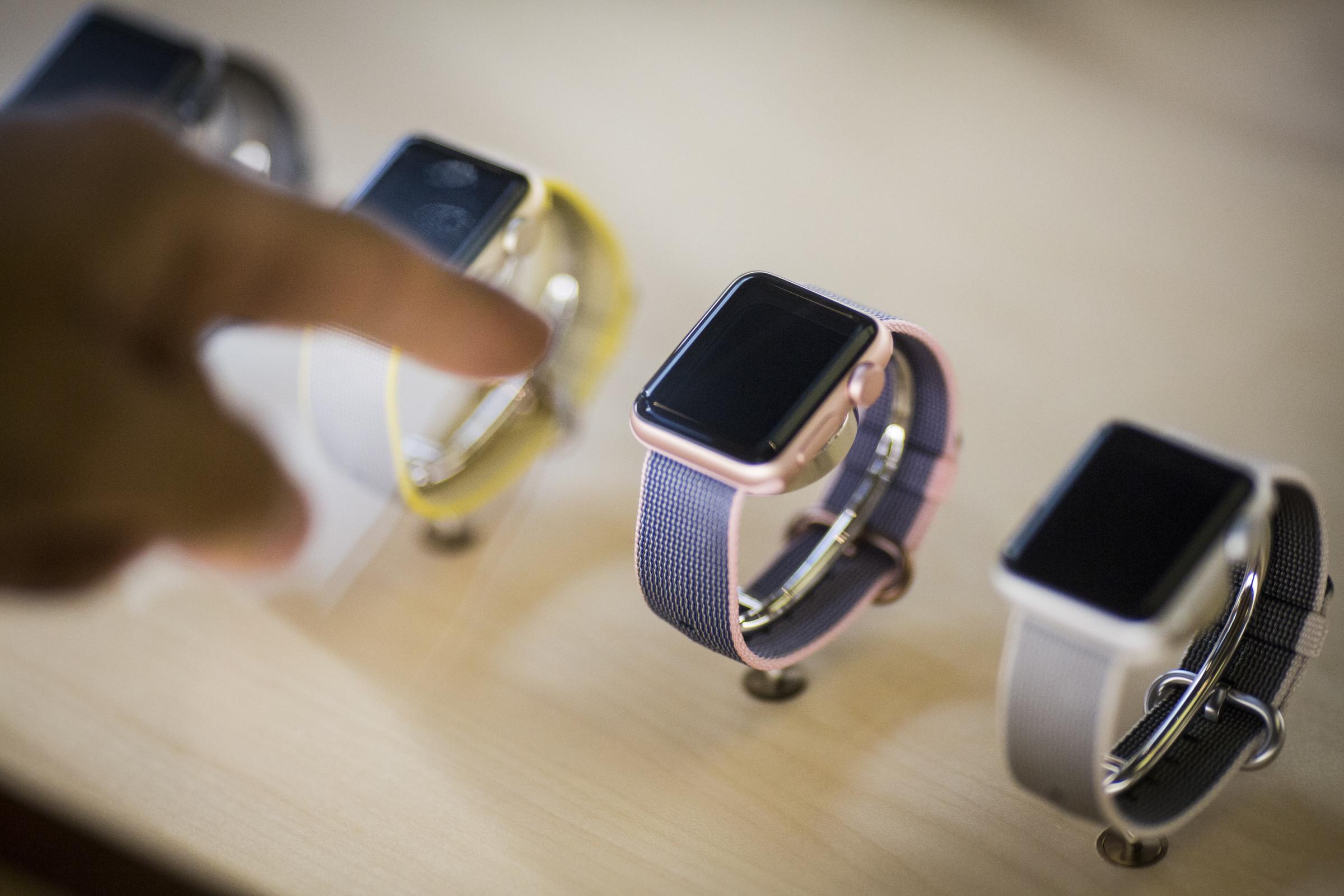
Why we like it: The Apple Watch is more smartwatch than fitness tracker, but Apple‘s wearable does double duty for workout nuts.
The Apple Watch can track metrics like step count, distance traveled, heart rate, calories burned, minutes spent exercising, wheelchair pushes, and, on the newer Series 2 model, swim styles. It can also log specific workouts, like outdoor runs and indoor cycling sessions. Both generations of the Apple Watch can prompt you to move around once an hour, a feature since aped by Fitbit. Thanks to new software that launched in September, the Apple Watch can guide users in deep-breathing exercises, too.
The more expensive Series 2 model has two important features aimed at runners and swimmers: a GPS sensor and and a water-resistant design.
All told, the Apple Watch is ideal for iPhone owners who want a smartwatch that can help track their fitness metrics, too.
What to know: The Apple Watch only works with iPhones, not Android devices. It’s also an expensive choice for those who just want to keep tabs on health stats, and it’s more limited than dedicated fitness trackers. The Apple Watch doesn’t track sleep without a third-party app, and its battery life means you’ll probably want to charge it overnight anyway. Neither model includes an altimeter for measuring the number of stairs you climb in a day, either. You can buy Series 1 here and Series 2 here
More Must-Reads from TIME
- Donald Trump Is TIME's 2024 Person of the Year
- Why We Chose Trump as Person of the Year
- Is Intermittent Fasting Good or Bad for You?
- The 100 Must-Read Books of 2024
- The 20 Best Christmas TV Episodes
- Column: If Optimism Feels Ridiculous Now, Try Hope
- The Future of Climate Action Is Trade Policy
- Merle Bombardieri Is Helping People Make the Baby Decision
Contact us at letters@time.com